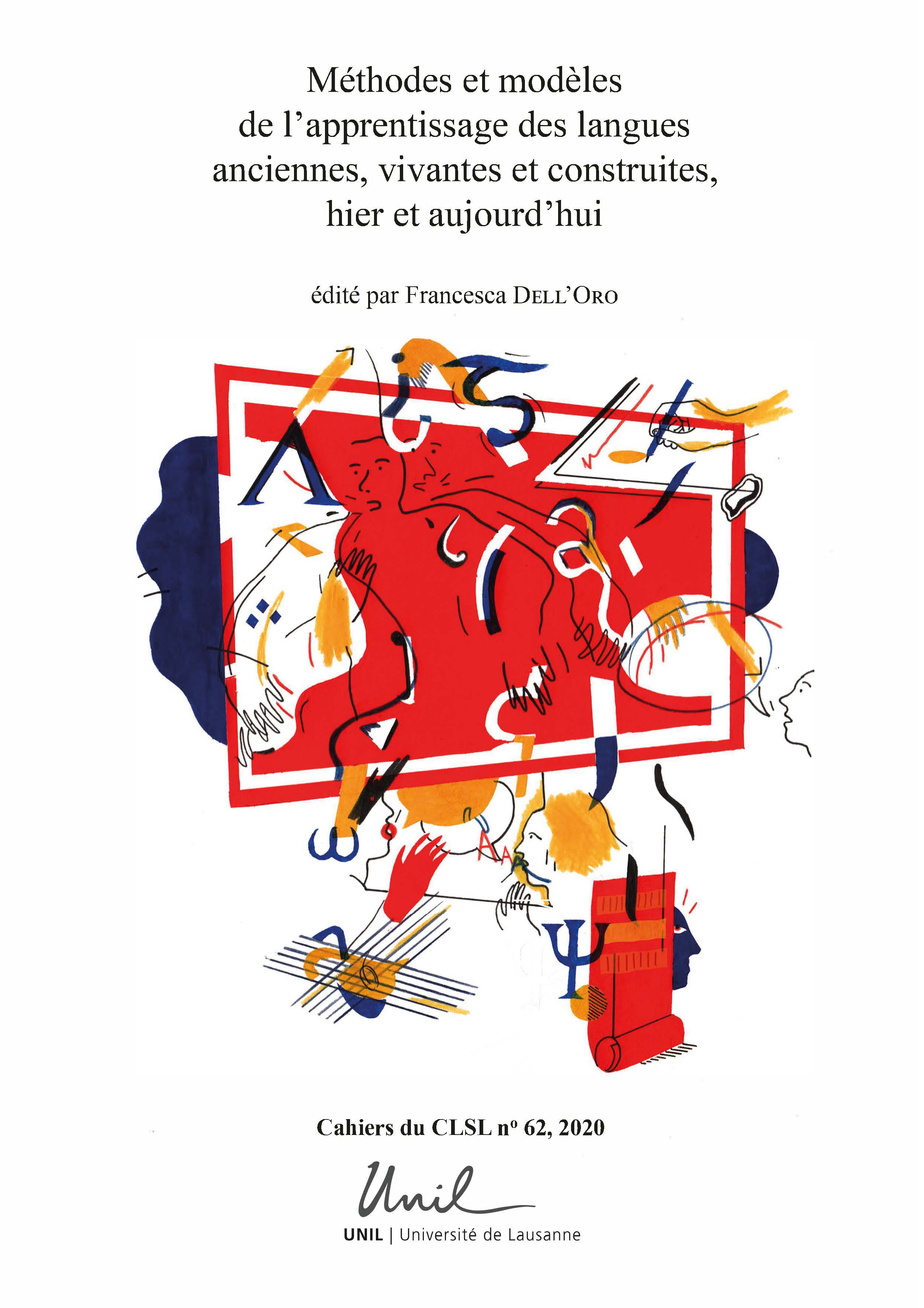Abstract
J.R.R. Tolkien frequently argued that his work was « fundamentally linguistic in inspiration ». Indeed, languages take a major place in his invented universe, beyond the needs of the narrative. However, Tolkien never stopped perfecting his two main Elvish tongues, Quenya and Sindarin, and never produced a definitive grammar for either of them. This did not prevent fans to study Elvish sentences and manuscripts in order to understand or even use Elvish tongues. This article investigates the unique challenges linked to studying and to teaching Tolkien’s invented languages. It references most published grammars and illustrates the different approaches they take. It concludes on questioning the established
dichotomy between natural and artificial languages.

This work is licensed under a Creative Commons Attribution 4.0 International License.
